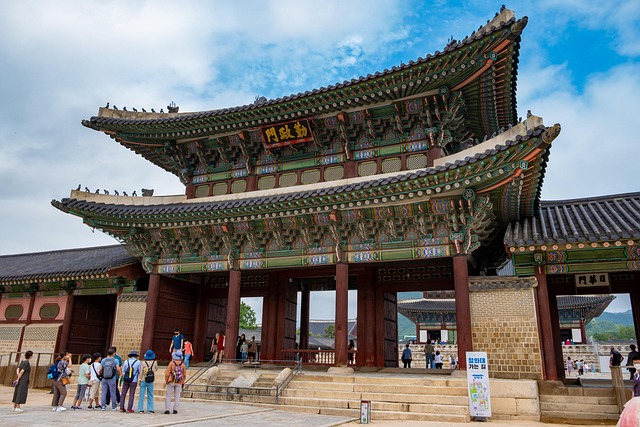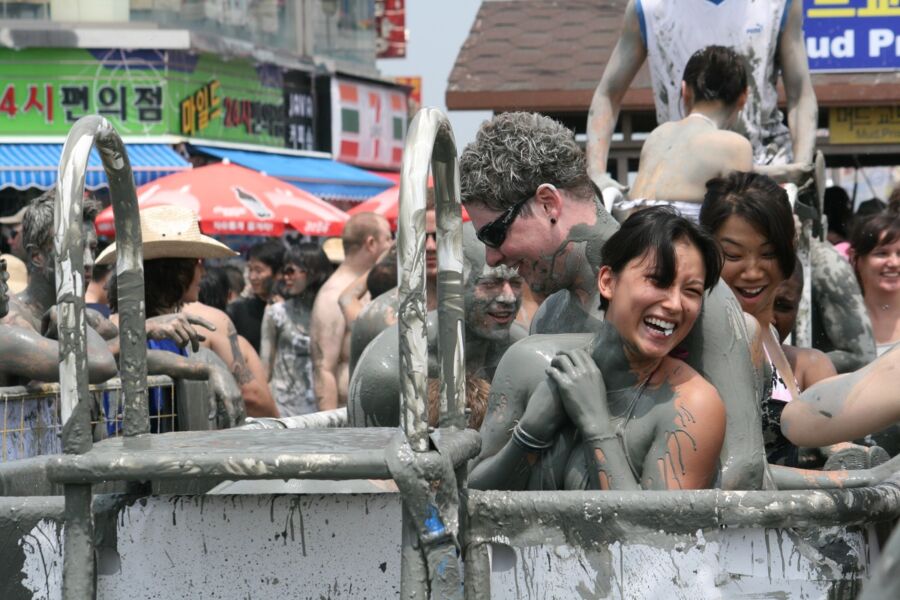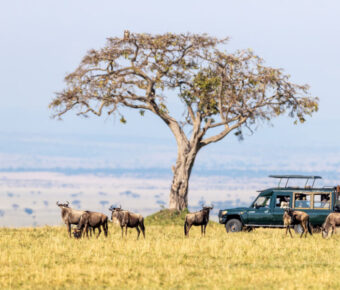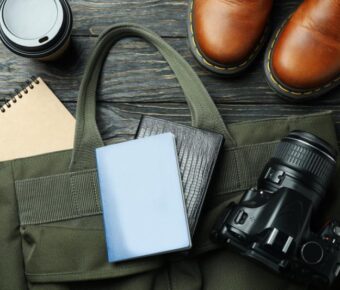
Korea Trip Cost Calculator: Plan Your Dream Vacation for $1500
Planning a trip to South Korea? You’re in for an amazing adventure! But before you pack your bags, you need to figure out how much your Korean getaway will cost. A typical two-week trip to South Korea costs around $1,734 for one person or $3,467 for two people. This includes accommodation, food, local transport, and sightseeing.
South Korea offers a unique blend of ancient traditions and cutting-edge technology. From bustling Seoul to serene mountain temples, there’s something for every budget. You’ll find affordable street food alongside high-end restaurants, and cozy guesthouses next to luxury hotels.
To help you plan, we’ll break down costs for different budget levels. We’ll cover everything from accommodation and food to transportation and activities. By the end, you’ll have a clear idea of how much to save for your dream Korean vacation.
Contents
- Key Takeaways
- Understanding the Costs of Travel in South Korea
- Currency and Daily Budget
- Transportation Overview
- Accommodation Options
- Meal Costs and Dining Experiences
- Culinary Delights and Street Food
- Restaurant Pricing and Tips
- Cultural Activities and Entertainment
- Historical Sites and Museums
- Modern Attractions and Nightlife
- Festivals and Cultural Events
- Exploring South Korea’s Regions
- The Vibrancy of Seoul
- The Relaxation of Busan and Jeju Island
- Countryside and Hanok Villages
- Miscellaneous Expenses
- Shopping and Souvenirs
- Connectivity and Communication
- More Travel Guides
Key Takeaways
- Accommodation costs average $104.50 per day, but budget options are available
- Food expenses can be as low as $19 daily if you stick to local eateries
- Transportation is affordable at around $10.20 per day using public transit
Understanding the Costs of Travel in South Korea
South Korea offers a mix of modern cities and ancient traditions, but planning your budget is key. Prices can vary widely depending on your choices for accommodations, food, and activities. Let’s break down the main expenses you’ll encounter.
Currency and Daily Budget
The South Korean currency is the won (KRW). As of 2024, 1 USD is roughly equal to 1,400 KRW. Your daily budget will depend on your travel style:
- Budget traveler: 50,000-80,000 KRW ($35-$57) per day
- Mid-range: 100,000-150,000 KRW ($71-$107) per day
- Luxury: 200,000+ KRW ($143+) per day
These estimates cover basic expenses like food, local transport, and attractions. Remember to factor in extra for shopping or special experiences.
Transportation Overview
Getting around South Korea is easy and relatively affordable. The public transport system is excellent, especially in big cities like Seoul.
- Subway rides: 1,250-1,550 KRW ($0.90-$1.10)
- Bus fares: 1,200-1,300 KRW ($0.85-$0.93)
- Taxi starting fare: Around 3,800 KRW ($2.70)
For longer trips, consider the KTX (Korea Train Express). A Seoul to Busan trip costs about 59,800 KRW ($43) for economy class. Renting a car can be pricey and isn’t necessary in most areas.
Accommodation Options
You’ll find a wide range of places to stay in South Korea, from budget-friendly guesthouses to luxury hotels.
- Hostels: 20,000-30,000 KRW ($14-$21) per night
- Mid-range hotels: 70,000-120,000 KRW ($50-$86) per night
- Luxury hotels: 200,000+ KRW ($143+) per night
For longer stays or group travel, consider renting a vacation apartment. This can be more cost-effective and give you a local experience. In Seoul, expect to pay around 100,000-150,000 KRW ($71-$107) per night for a decent apartment.
Meal Costs and Dining Experiences

Food is a big part of any trip to Korea. You’ll find lots of yummy options that won’t break the bank. Let’s look at what you can expect to spend on meals during your visit.
Culinary Delights and Street Food
Korean street food is a must-try! You can grab a tasty snack like tteokbokki (spicy rice cakes) or odeng (fish cakes) for about 3,000 to 5,000 won. That’s only $2-4! Bibimbap, a popular rice bowl dish, might cost you around 8,000 won ($6-7) at a casual eatery.
Don’t miss out on Korean BBQ. It’s pricier but worth it for the experience. You’ll pay about 15,000-20,000 won ($12-16) per person. Wash it down with some soju, a local spirit that’s super cheap – usually under 5,000 won ($4) a bottle.
Restaurant Pricing and Tips
Eating out in Korea can be affordable if you know where to go. Local restaurants often have set menus for lunch that cost between 8,000-12,000 won ($6-10). These usually include rice, soup, and side dishes.
For fancier meals, expect to pay around 20,000-30,000 won ($16-24) per person. Western food tends to be more expensive. A burger at a chain like McDonald’s might set you back 6,000-8,000 won ($5-7).
Tip: Look for restaurants with pictures on the menu or plastic food displays outside. It’ll help you order even if you don’t speak Korean!
Cultural Activities and Entertainment

South Korea offers a rich blend of traditional and modern experiences. From ancient palaces to K-pop concerts, you’ll find plenty to do without breaking the bank.
Historical Sites and Museums
Step back in time at Gyeongbokgung Palace, the largest of Seoul’s five grand palaces. Entry costs about $3 for adults. The sprawling grounds and stunning architecture make it a must-see.
The National Museum of Korea is free to visit. It houses over 220,000 artifacts spanning Korean history. You can easily spend hours exploring the exhibits.
For a taste of traditional Korean life, visit a hanok village. Bukchon Hanok Village in Seoul is free to wander. You can rent hanbok (traditional clothing) for about $15-30 per day to enhance your experience.
Modern Attractions and Nightlife
K-pop fans can’t miss the SMTOWN Museum, showcasing popular SM Entertainment artists. Tickets run around $15. For a more interactive experience, try a K-pop dance class for about $30-40.
Karaoke, or noraebang, is a must-try. Expect to pay $10-20 per hour for a room. It’s cheaper during off-peak hours.
Movie tickets cost about $8-12. Many cinemas offer English subtitles for Korean films.
Festivals and Cultural Events

Time your visit to catch a festival. The Busan International Film Festival in October is free for many screenings. The Seoul Lantern Festival in November lights up the city at no cost.
For a taste of traditional festivities, check out the Jinju Lantern Festival in October. Entry fees are around $10.
The Boryeong Mud Festival in July is a unique experience. Tickets cost about $12-15 for a day of muddy fun.
Book cultural tours and activities in advance to save money and secure your spot. Prices vary, but group tours often offer better value.
Exploring South Korea’s Regions

South Korea offers diverse experiences across its regions. From bustling cities to tranquil islands, each area has its own charm and budget considerations.
The Vibrancy of Seoul
Seoul, the heart of South Korea, is a mix of old and new. You’ll find ancient palaces next to sleek skyscrapers. The city is pricey, but there are ways to save.
Stay in Hongdae or Itaewon for cheaper lodging. These areas have budget-friendly guesthouses for about 30,000 won per night.
Food can be affordable if you eat at local spots. Try street food in Myeongdong or Gwangjang Market. A filling meal costs around 5,000-10,000 won.
Getting around is easy with the subway. A single ride is about 1,350 won. Buy a T-money card to save on fares.
Don’t miss free attractions like Bukchon Hanok Village or hiking Namsan Mountain.
The Relaxation of Busan and Jeju Island

Busan and Jeju offer a slower pace and beautiful beaches. They’re perfect for unwinding after the hustle of Seoul.
In Busan, stay near Haeundae Beach. Guesthouses here start at 25,000 won per night. The seafood at Jagalchi Market is a must-try, with meals from 10,000 won.
Jeju Island is pricier. Budget 40,000 won per night for accommodation. Rent a scooter for about 20,000 won per day to explore the island.
Both places have great hiking. Climb Seongsan Ilchulbong in Jeju or Geumjeongsan in Busan for free.
Beach time is the main draw. Pack a picnic to save on meals while enjoying the sand and surf.
Countryside and Hanok Villages

For a taste of traditional Korea, visit hanok villages and rural areas. These spots often have lower prices than big cities.
Jeonju Hanok Village is a popular choice. Stay in a hanok guesthouse for about 50,000 won per night. It’s pricier, but a unique experience.
Try local specialties like bibimbap. A meal in Jeonju costs around 8,000-15,000 won.
In rural areas, look for farm stays. These can be as low as 20,000 won per night and often include breakfast.
Hiking and visiting temples are free activities in the countryside. Rent a bike for about 10,000 won per day to explore.
Local markets in small towns offer cheap eats and a glimpse of daily life. Bring cash, as some rural spots don’t take cards.
Miscellaneous Expenses

Don’t forget to budget for extras that can add up on your Korea trip. Shopping for souvenirs and staying connected are two key areas to plan for.
Shopping and Souvenirs
Korea is a shopper’s paradise. You’ll find great deals on cosmetics, fashion, and electronics. Set aside around $100-200 for shopping, depending on your budget.
Popular souvenirs include:
- Hanbok (traditional clothing): $50-100
- Soju (Korean alcohol): $3-5 per bottle
- Korean skincare products: $10-30 per item
- Handmade crafts: $5-50
For unique local gifts, check out Insadong in Seoul. You can find handmade fans, pottery, and paintings there. Many shops offer tax refunds for tourists, so keep your receipts.
Connectivity and Communication
Staying connected in Korea is easy and affordable. Here are your main options:
- SIM card: $30-40 for 30 days of data
- Pocket Wi-Fi: $5-10 per day
- Free public Wi-Fi: Available in many cafes and subway stations
If you need a local number, prepaid SIM cards are your best bet. You can buy them at the airport or convenience stores. Most of them offer unlimited data.
For short trips, renting a pocket Wi-Fi device might be more convenient. You can pick one up at the airport and return it before you leave.



